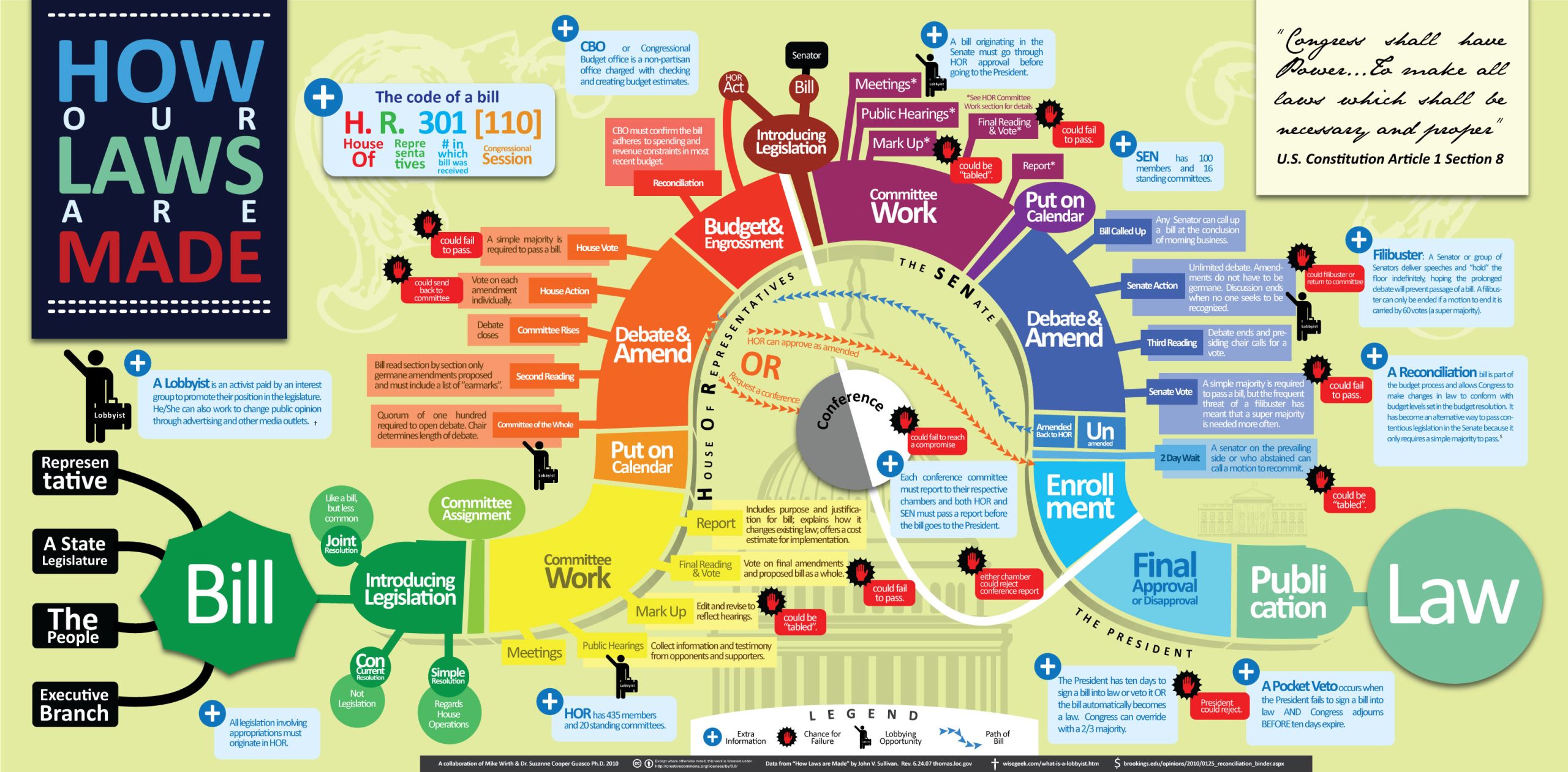There has never been a more critical time for women’s and gender-related healthcare providers to engage in the policymaking process. Despite spending more money per capita on healthcare than every other country, the United States lags when comparing healthcare coverage rates and patient outcomes.1 More than 10 years after the passage and implementation of the Affordable Care Act (ACA), there is little sign that healthcare costs or patient outcomes are improving. Ongoing political threats to the ACA can potentially worsen existing gender and racial disparities.2 With increasing infant and maternal mortality rates, pervasive health inequities, threats to reproductive health, and struggles for full practice authority for nurse practitioners (NPs), the need for healthcare advocacy has never been greater. NPs are uniquely positioned to advocate at the highest levels of the policy process with their knowledge and expertise as providers and the trust they have earned as nurses.3
Professional advocacy and participation in politics and health policy reform processes are strategies that affect change.4 In a survey, NPs report voting at much higher rates than the average US citizen.5 In the same survey, half of NPs reported contacting legislators by mail, e-mail, or phone; however, they reported less frequent participation (15.1%) when asked if they worked with state or national organizations on political issues.5 Increasing age, health policy education, and mentoring in health policy significantly increased a respondent’s confidence in their ability to understand and participate in politics.5 In a recent integrative review of nurses’ involvement in politics and policymaking, it was found there has been little advancement over the past 20 years.6 Participation levels remain low representing the more passive role of implementing as opposed to developing health policy.6
Currently, three Members of Congress are nurses: Eddie Bernice Johnson (D-TX), Lauren Underwood (D-IL), and Cori Bush (D-MO). Many nurses serve in state legislatures across the country. Running for office not only gives NPs a seat at the table but also improves the public’s perception and awareness of the profession.7 Serving in political office is a direct means to effect change in healthcare policy, but many other approaches can be taken by NPs to become involved in the process in a meaningful way. With more than 350,000 members in the profession, NPs have a powerful voice in improving healthcare for all who live in the US.8
WHNPs as Partners in Addressing the Maternal Health Crisis
Position Statement: Climate Change, Women’s Health, and Environmental Justice
Health policy and the female caregiver: The impact on women’s health
Stay informed
The first step in maintaining an active role in policymaking is to stay informed. Legislation in state and federal legislative bodies can sometimes move at warp speed (and at other times seem like an eternity to make any progress at all). Professional organizations, such as NPWH, carefully follow the progress of legislation that affects the interests of its members. Many organizations allow members to sign up for e-mail or text alerts that provide up-to-the-minute updates on current and future legislation. To learn more about specific legislation at the federal level, www.congress.gov is a valuable tool to read bill language and follow the bill’s progress through the legislative process. It is essential to stay current on legislation at both the federal and state levels, as state law often determines the scope of practice and other clinical issues. State nursing organizations are especially valuable as they can provide regular updates on state legislation that often moves faster through the process with less time and opportunity for stakeholder input. In addition, numerous national healthcare organizations relevant to NPs and women’s and gender-related health are actively engaged in health policy advocacy.
NPWH – npwh.org/page/policypriorities
AANP – aanp.org/advocacy/advocacy-resource
ACNM – midwife.org/tools
AWHONN – awhonn.org/advocate/
ACOG – acog.org/advocacy/policy-priorities
Find your voice
Contacting state and federal legislators is a powerful tool in the advocacy process. Contact can be as quick and easy as a message through social media or as involved as a personal face-to-face meeting in a legislator’s office. All forms of contact can be effective and have value. The first step is to identify state and federal legislators. This can be done through individual state legislature websites and through congress.gov at the federal level. These websites also can be utilized to follow a legislator’s voting record and to locate their contact information.
Social media is a quick and easy means to communicate with a legislator. Most legislators have social media accounts through various platforms, such as Twitter, Facebook, Instagram, or TikTok. It’s easy to send a quick, succinct message, especially when time is limited before an important vote. ResistBot is another tool used to advocate for or against pending legislation through text or social media that takes less than a minute to complete. It also allows users to invite friends and contacts to send their own messages to legislators. Whereas social media contact may not seem like an effective strategy, receiving many messages on a particular issue through social media can demonstrate a powerful, unified voice.
Other forms of direct contact with a policy maker can be instrumental in voicing an opinion on pending legislation. Written letters, e-mails, and phone calls are all valuable ways to engage in the process. As important votes approach, constituent communications are often tallied. Individually written letters may capture more attention, but form letters also are valuable tools for legislative advocacy. E-mail and postal mail addresses can be located on legislator websites, and many have a form to submit electronic messages easily. Be sure to include contact information and credentials so the office can respond. Once a thorough letter has been drafted, it is easy to turn it into a “Letter to the Editor” for submission to local newspapers. This is a great way to help shine a more public spotlight on an important issue. Be sure to carefully follow submission guidelines, which can typically be located on the newspaper’s website.
Meet with legislators or staff
US congressional offices consist of administrative and legislative staff that assist the legislator in the daily activities of Congress. An office scheduler is often the first contact when requesting a personal meeting. Contact can be made by phone, e-mail, or electronic form on the official website. It is important to remember that many offices will only accept letters or meeting requests from constituents from within their district. Offices in the House of Representatives usually consist of several legislative staff members, including a legislative director and multiple legislative assistants, each assigned to cover various policy areas. Senate offices have a similar setup, but usually with a much larger number of staff members. Members of the legislative staff are integral in maintaining the congressional priorities of their Member of Congress, so an opportunity to meet with them should not be discounted as being less valuable.
Attending a meeting in a congressional office can initially seem daunting, but it is important to remember that they agreed to the meeting for a reason. Arrive early to the meeting and come prepared with a short “elevator speech” that includes key talking points and the specific position or requested vote. Be sure to stay on topic and to the point. Meetings in congressional offices are typically very short, so it is important to maximize the time allotted. Leave behind a one-page summary of key points and a business card with contact information to make it easy for the office to reach out when pertinent policy issues arise. Legislators value the opinions of their voters, especially constituents that have expertise in areas relevant to healthcare policies under consideration. It is important to follow up a few days after the meeting with a brief thank you message to reinforce the importance of the issues discussed.
Administrative rulemaking
When most people think of the policy process, they think only of legislative action. Administrative rulemaking is another equally important component of the process for advocacy. Clinical practice restrictions experienced by NPs are often the result of state rules and regulations. Once a bill is passed and signed by the president or governor, agencies of the executive branch are tasked with developing the rules that are required to implement and enforce the new law (Figure). This is a complex process that requires a formal period of public input and feedback from stakeholders. The Federal Register is the official journal of the US government that publishes a daily update each weekday with current, new, and proposed rules. It also posts public notices to alert citizens that comment periods or hearings on the rulemaking process have been scheduled. The daily journal can be located at federalregister.gov and allows interested parties to sign up for e-mail notifications, submit public comments, or perform a comprehensive subject search of the Federal Register. Although state resources vary, most states have a mechanism in place for following and commenting on their own administrative rulemaking process.
Build an advocacy community
To have the greatest positive impact, NPs must increase their professional advocacy, political involvement, and health policy activities. Although many believe motivation to participate in politics is intrinsic, research has shown the experience of political engagement leads to the development of a sustained interest in participating in future activities.9 For many nurses, a trigger event is needed to move them to political activism.10 Early life experiences, education, being encouraged, mentorship, and political achievements impact motivation.10 Students, new graduates, and experienced NPs alike need a culture of advocacy and personal connections to develop in their professional roles.
Conclusion
Women’s and gender-related healthcare providers are morally, ethically, and professionally obligated to provide the best care they can for their clients. Providing high-quality care involves engaging in policy making and advocacy efforts to address current challenges. To this end, NPs should stay informed, find their voices, and communicate with lawmakers about relevant issues. It is mutually beneficial when NPs who have more experience in health policy partner with those whose skills are still developing. With a collective voice, NPs can truly make a difference in the lives of their clients!
Jennifer S. Wolfe is an Assistant Professor at Mount Carmel College of Nursing in Columbus, Ohio, and an Adjunct Assistant Professor at Georgetown University School of Nursing in Washington, DC. Jennifer G. Jagger Kaeser is an Adjunct Instructor at Oregon Health Sciences University School of Nursing, Portland, and Adjunct Faculty at Georgetown University School of Nursing. Ella T. Heitzler is an Associate Professor at Georgetown University School of Nursing. The authors have no actual or potential conflicts of interest in relation to the contents of this article.
References
1 Papanicolas I, Woskie LR, Jha AK. Health care spending in the United States and other high-income countries. JAMA. 2018;319(10):1024-1039.
2 Artiga S, Hill L, Orgera K, Damico A. Health coverage by race and ethnicity, 2010-2019. Kaiser Family Foundation. 2021. July 1, 2022.
3 Saad L. Military brass, judges among professions at new image lows. Gallup, Inc. January 12, 2022. July 1, 2022. https://news.gallup.com/poll/388649/military-brass-judges-among-professions-new-image-lows.aspx.
4 Cullerton K, Donnet T, Lee A, Gallegos D. Effective advocacy strategies for influencing government nutrition policy: a conceptual model. Int J Behav Nutr Phys Act. 2018;15(1):83.
5 O’Rourke NC, Crawford SL, Morris NS, Pulcini J. Political efficacy and participation of nurse practitioners. Policy Polit Nurs Pract. 2017;18(3):135-148.
6 Rasheed SP, Younas A, Mehdi F. Challenges, extent of involvement, and the impact of nurses’ involvement in politics and policy making in in last two decades: an integrative review. J Nurs Scholarsh. 2020;52(4):446-455.
7 Hoover C. How to run for political office: a primer for midwives and other nontraditional candidates. J Midwifery Women’s Health. 2019;64(4):488-492.
8 American Association of Nurse Practitioners. NP fact sheet. April 2022. July 1, 2022. https://www.aanp.org/about/all-about-nps/np-fact-sheet.
9 Reichert F, Print M. Civic participation of high school students: the effect of civic learning in school. Educ Rev. 2018;70(3):318-341.
10 Wilson DM, Underwood L, Kim S, et al. How and why nurses become involved in politics or political action, and the outcomes or impacts of this involvement. Nurs Outlook. 2022;70:55-63.


